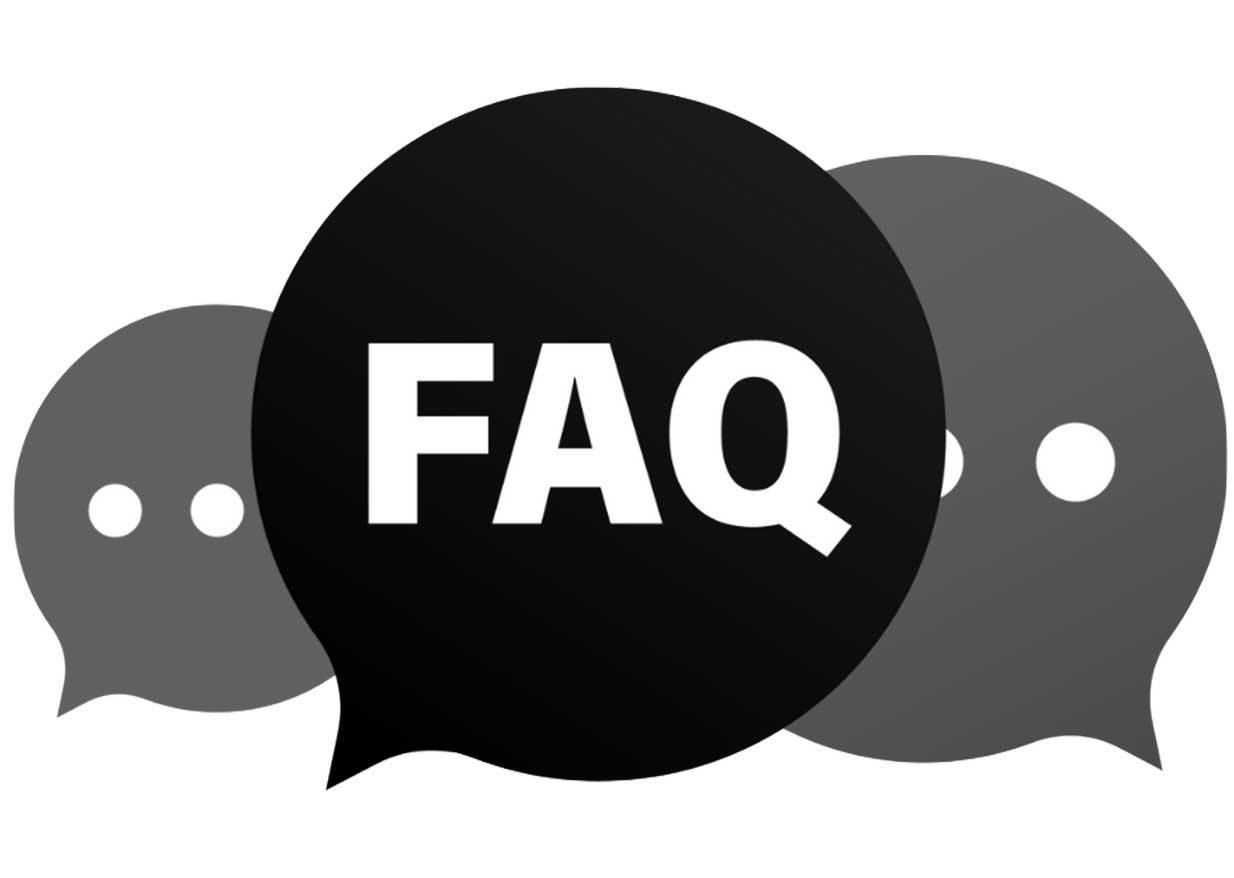Got a question or need help with MyCena? Find quick, helpful answers and support here.

Got a question or need help with MyCena? Find quick, helpful answers and support here.

ML-DAES is MyCena’s patented architecture that generates encrypted, system-specific access credentials. These credentials are centrally distributed and segmented by role and system — users never see or manage them, eliminating the risk of phishing, theft, or misuse. Since credentials are never visible, stored, or typed by users, there’s nothing to phish or steal. Attackers have no access to the credentials in transit or at rest, eliminating the #1 attack vector. Yes. ML-DAES removes human-managed credentials from the authentication flow entirely. Since there are no passwords or usernames, brute-force and automated credential attacks are impossible. Yes. ML-DAES uses multi-layered encryption that is quantum-resilient by design, removing the exposed credential layer that quantum computing would otherwise target. Credentials are encrypted and system-specific. Even if intercepted inside a breached vendor’s system, they cannot be used to moved laterally across systems. MyCena uses access segmentation at the credential level. Each credential only grants access to a specific system. If one is compromised, it cannot be used elsewhere. Yes. Since users don’t manage or share credentials, insider misuse (intentional or accidental) is eliminated. All access is traceable and governed by the admin, without exposing any credential. Identity-based models rely on the assumption that users will securely manage credentials. In practice, credentials get phished, reused, and mishandled. MyCena eliminates this failure point entirely. Password managers still rely on human input and visibility. MyCena removes the human factor by managing credentials invisibly and dynamically in the background, with zero reliance on identity as a security layer. MyCena complements your existing security stack. It integrates seamlessly with IAM/SSO/PAM platforms and replaces credential management at the source, without disrupting existing policies or workflows. Yes. MyCena eliminates the need for MFA in many scenarios by removing exposed credentials altogether. However, it can also run alongside MFA for layered security where needed. MyCena offers an add-on MFA capability per system. Yes. With ML-DAES, there are no passwords to manage, rotate, or enforce — rendering traditional password policies obsolete. MyCena is available as-a-service (fully managed), or as a self-managed deployment (on-prem, cloud, or hybrid). Standard deployments are completed in days, not months. Many customers begin seeing value within the first week. No. From the user’s perspective, login is seamless — credentials autofill invisibly. There’s no need to remember or type anything. MyCena automates credential provisioning and revocation based on roles and permissions. No manual setup or reset is required, saving significant IT time. MyCena automates the entire access process. Users simply click into systems as usual — credentials are applied in the background, with no added steps or friction. Yes. You can assign encrypted credentials to third parties with system-specific, IP and device restrictions — fully traceable, revocable, and invisible to the user. By decentralizing and encrypting access per system, MyCena ensures that any compromised credential can’t affect any other part of the network. Absolutely. MyCena integrates for SSH root access. Privileged credentials are managed with the same encrypted delivery model and access segmentation, making admin accounts tamper-proof and traceable.Absolutely. MyCena integrates for SSH root access. Privileged credentials are managed with the same encrypted delivery model and access segmentation, making admin accounts tamper-proof and traceable. MyCena is ideal for companies of all sizes in all industries, but particular critical for security and compliance in for high-risk, high-regulation environments like financial services, energy, healthcare, government, maritime, and manufacturing. ML-DAES automates encryption, access control, and audit logging — aligning with GDPR, NIS2, DORA, HIPAA, and other standards out of the box. MyCena helps reduce identity risk, enforce least privilege access, and generate encrypted access logs for audit reporting — essential for regulated sectors. MyCena generates real-time, encrypted logs of every access event — giving you full traceability and audit readiness without manual reporting. Yes. MyCena proactively removes the #1 cause of breaches (stolen credentials), helping prevent incidents that trigger fines, penalties, or loss of certification. Yes. By eliminating credential-based breaches, MyCena lowers your risk profile, which can lead to better coverage terms and reduced premiums. IAM/PAM tools often rely on user-driven access and reactive controls. MyCena enforces credential invisibility and segmentation proactively — with zero user error, zero reuse, and full traceability. Yes. MyCena eliminates implicit trust by removing shared credentials, enabling least-privilege access, segmentation, and automated policy enforcement — key pillars of Zero Trust. Yes. MyCena supports multi-region deployments, ensures data localization, and complies with regional privacy and access regulations across continents.FAQs
Categories FAQ